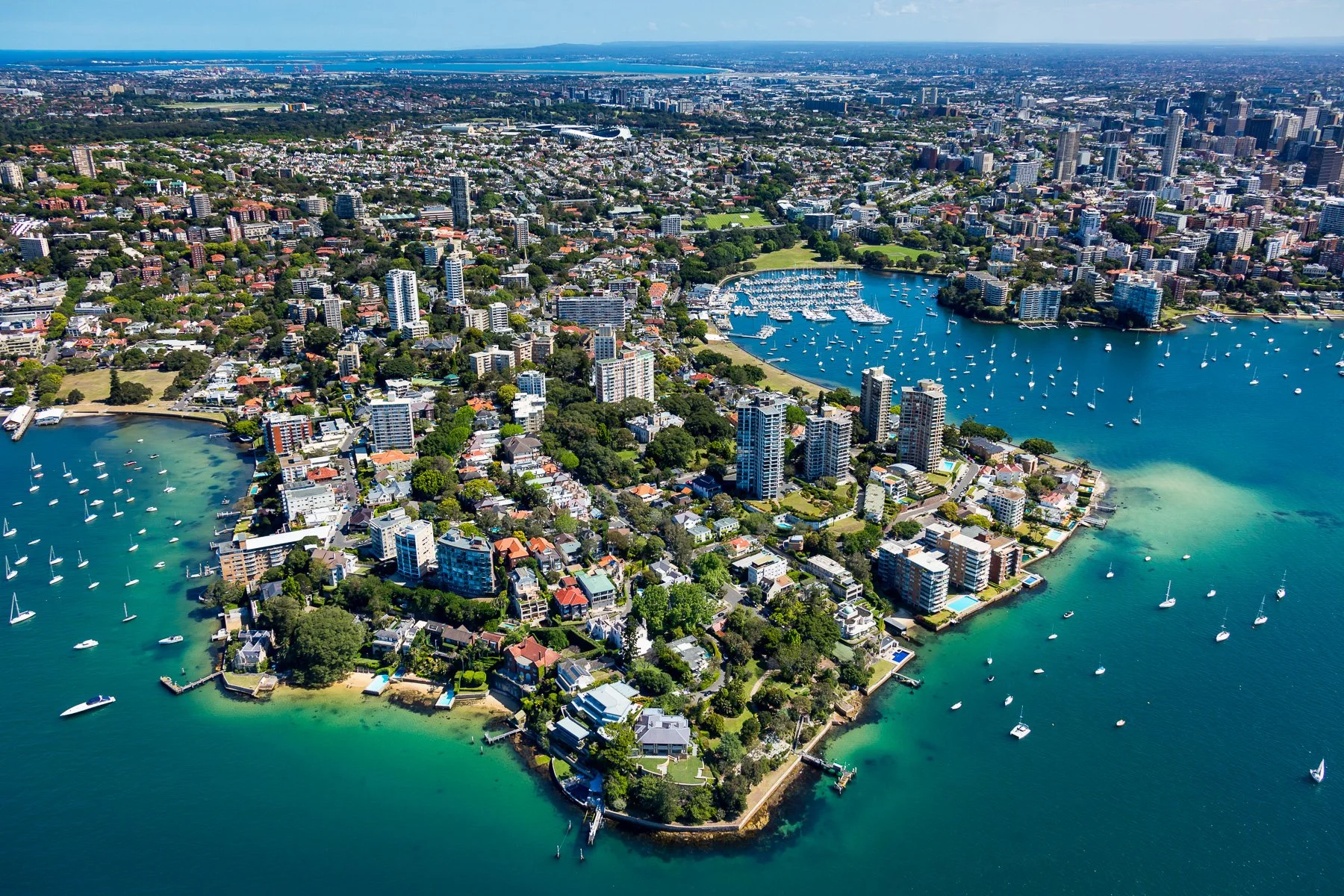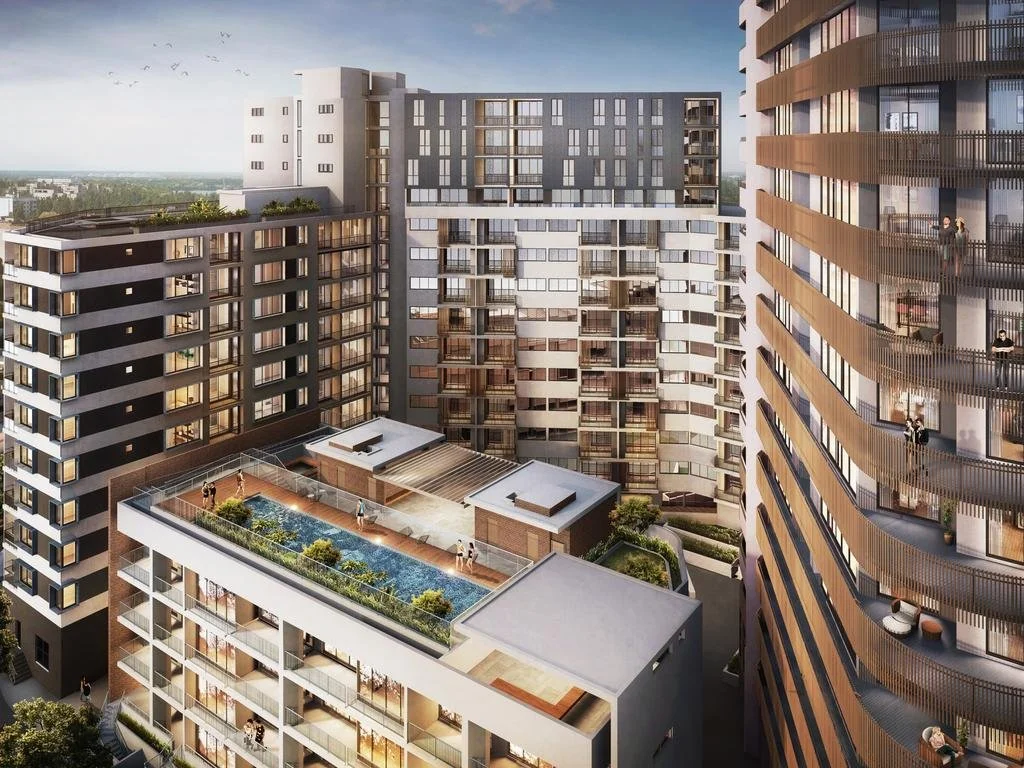Mookhey’s Misconceptions on Sydney’s East
November 2023
Printed in City Hub (online & print)
Photo Credit: Mark Merton at Sydney Images
Last week, the NSW Treasurer Daniel Mookhey called for higher density living in Sydney’s eastern suburbs. He claimed that had apartment blocks built in the east between 2017 and 2022 been ten storeys high, rather than the current average of seven – rents would have been reduced. The east was not taking on its fair share, he said.
So, I found myself scratching my head. Had the treasurer even been for a drive through this part of Sydney? Sure, there are some big properties owned by Sydney’s wealthy. However, far from being a kingdom of omnipresent mansions and rollicking private lawns – the eastern suburbs already has one of the highest population densities in the country.
In fact, three of the top ten population density rankings in NSW are held by eastern suburbs LGAs. Waverley is second only to the City of Sydney (which includes Potts Point). Woollahra council comes in at seventh, just behind Canterbury-Bankstown. Randwick council ranks ninth.
Bondi Road, Bronte Road, Clovelly Road and Coogee Bay Road are basically all apartment blocks from top to bottom. Even when you step off the high streets in the east, apartments dominate. Bondi Junction, Edgecliff and Darling Point are awash with high-rise residential towers. Rose Bay, Double Bay and Bondi are nearly all apartment-style living. Even Point Piper and Bellevue Hill have at least one apartment complex on most streets.
And despite the fact that Waverley’s population density is over five times that of Blacktown, the treasurer still feels these “wealthy” suburbs are not doing enough. With only 7000 new dwellings built in the east over the past ten years vs. five times that amount in Blacktown, the east is apparently letting the side down.
This sort of rhetoric is enabling a debate that is quickly becoming populist. Parochial selfishness makes for an electric headline. Such powerful clickbait allows the government to drive a binary narrative of housing affordability obedience or disobedience – a storyline that is easy to control.
If anything, though, the eastern suburbs provide Sydney with a rearview mirror perspective on how not to do high density. A compelling looking glass into how poor urban planning, bad council decisions and cheap development can combine together to drive short-term fixes and profits – while leaving behind long-term blight.
We have been here before. During the 1960s, 70s and 80s – coastal cottages and federation homes were knocked down to accommodate a population spike. The community accepted this change because the need outweighed the want. However, there’s no denying that plenty of the poorly built blocks that replaced yesterday’s gems have aged horribly.
Coogee is just one example of an eastern suburb that carries such scars. There are some brilliant blocks in Coogee, but there are also some blinders – blocks built on-the-cheap with little-to-no architectural consideration. Bedrooms built peering into the brick wall of the block next door. Soundproofing between floors if you’re lucky. Cheap fittings designed not to last, that look like they’re from another age.
The East is facing an infrastructure shortfall too. A single train station (Bondi Junction) services all of the eastern beaches. Buses (privatised and reduced by the Libs) overflow at peak hour. There is only a single residential stop (Alison Road) on the light rail. Mornings are a traffic logjam, especially during school drop off. Parking on weekends is like finding hens teeth.
And when it comes to schools, there hasn’t been a new one built here in decades. There have been some growing calls from powerful voices to correct this. But still no budget has been allocated for one, even if the treasurer himself holds the purse strings.
So, it seems the talking points provided by the treasurer’s modelling don’t align with the story on the ground. If ten storey apartment blocks are the answer, rather than seven – what does the government have in mind? To tear down the existing blocks only to have them built taller? The only winners in this scenario would be the developers.
I don’t blame the developers for wanting to snap up such prized Sydney real estate. These suburbs are close to the beach and often have views. It would be money for jam to redevelop this area, even if it would be terrible for Sydneysiders looking for something more affordable.
Afterall, the development industry is not a charity and that is fair enough. New builds and upgrades demand a profit to be made – otherwise, what’s the point. This would mean new price tags. The government reckons that developers will be required to offer 15-30% of new builds at affordable prices. But this means that 70-85% will therefore be unaffordable. How is this going to improve things?
The full picture is important, not just the bits that suit the story. Words matter, facts matter, tone matters. At the moment, the government seems to think that consultation with the community on housing affordability can be done via headline. However, the increased use of labels and convenient sound bites for political expediency is not only disappointing, it is divisive – and Sydney deserves a much better discussion than this.






